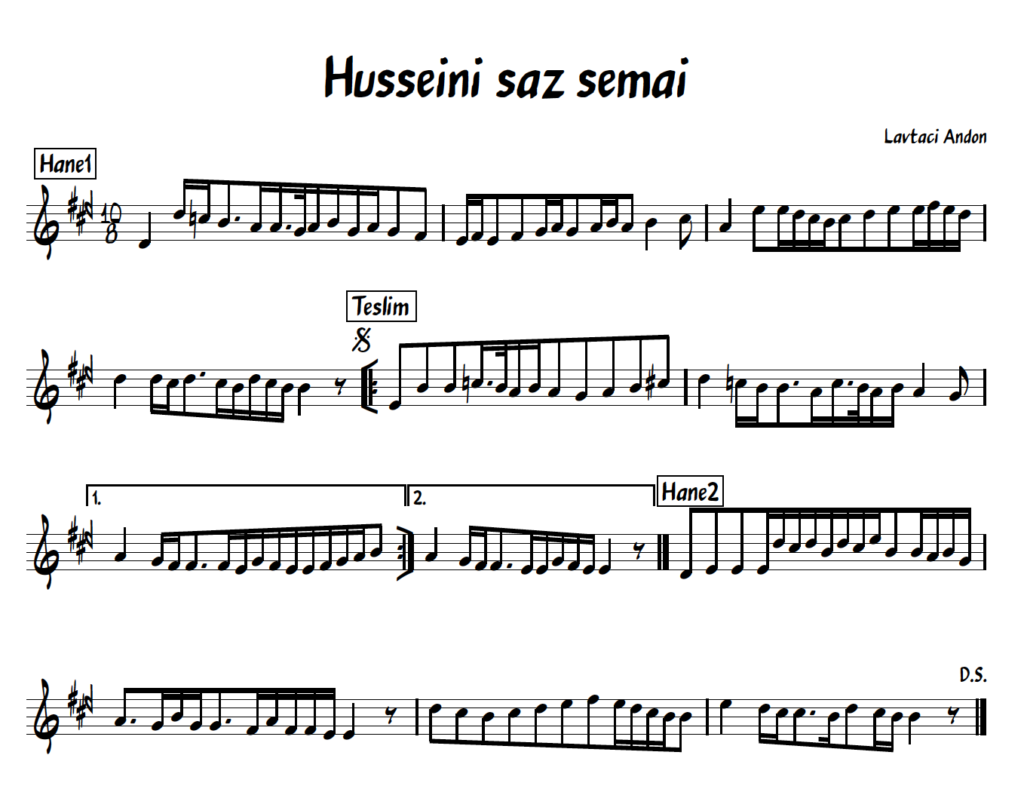I’m Ueda Japanese musician, I’ve traveled to over 30 countries around the world and play folk instruments from Turkey and Greece.
If you search for the Arabic scale in Japanese, the search results often say “weird.
But surprisingly, the music of Arabia or the Middle East has a deep tradition.
Surprisingly, the music of Arabia or the Middle East has a deep tradition and has a history of being used as a music therapy to calm the restless mind.
By understanding this kind of music.
With the development of smart phones
We are constantly exposed to external stimuli.
Today I would like to introduce you to classical music in the Middle East, as it is one of the ways to keep our lives calm and peaceful.
Why Japanese people find the Arabic musical are not familiar?
Musically, it is Middle Eastern music based on the seven-tone scale, just like Western music, but with microtones.
which cannot be represented on the piano.
However, the Western scale
there are also microtones in the Western scale that cannot be represented on the piano.
However, there are some microtones in the Western scale that cannot be represented on the piano, and this may cause discomfort to those who have received a thorough education in Western music.

Humans are born with
We are born with a preference for the familiar over the unfamiliar.
We are born with a preference for the familiar over the unfamiliar, as evidenced by experiments on babies.
By experiencing a new world and meeting new people
We can update our knowledge and experience
It has been shown in various studies that human society has developed through exposure to new worlds and encounters. I’m sure you’ll agree with me.
Classical means classic, but
It is not the classical music of the Western world.
Middle Eastern classical music -> Ottoman classical music
If you’ve never heard of it before
If you’ve never heard it before, you may not understand what it means.

If you’re not familiar with it, does it make you feel kind of sleepy? You may have felt it.
The reason for this is that the mode (maqam) used in this music has
There are some research materials on the mode used in this song.
SCORPIO (Aquarius). Group. WATER (WATER). Planet: SATURN. Humid and hot. Effective from after dawn to morning. More effective from mid-morning to midday. Saturday is special. Specializes in inducing gentleness, tranquility, and relaxation, increasing peace of mind, stopping and destroying pus in the liver, heart, and soul.
Tumata maqam tonalityより引用
There are aspects of such music that have been preserved through music therapy.
Unlike the stimulating music of today
It’s not very entertaining.
without any explanation.
without any familiarity.
It may be difficult for newcomers to understand
It may be difficult to understand.
It’s no wonder that people who have never experienced a dish with a different seasoning feel uncomfortable.
深遠な境地へ達するための音楽
Still, as in Sufism (Islamic mysticism)
It is also true that there is a deep aspect of Sufism that appeals to the deep psychology of human beings.
It is also true that there are some deep aspects that appeal to the deep psychology of human beings.
The recording was made in a canyon with rich nature, so the sound of birds and other sounds are pleasant.
The same may be said for microtones, but instruments from the Middle East and the Orient often contain a swooshing sound that would be considered noise in the West.
This concept is not found in the orderly and organized Western civilization😌.
Some studies have shown that the frequencies in these subtle sounds appeal to human nature (a default that has not changed since the stone age) and have a healing effect.
Healing Effects of Ethnic Musical Instruments
日本でも尺八やガムランの周波数を測定したら
西洋楽器では出せないような、高い周波数が確認されたという研究、つまり人間の耳では聞き取れないほどの周波数を
肌感覚で感じることでヒーリング効果を得られる=ハイパーソニックエフェクトとしても知られています。
The hypersonic effect is a phenomenon reported in a scientific study by Tsutomu Ohashi and his colleagues, who claim that humans cannot consciously hear ultrasound (sounds with frequencies above about 20 kHz), but the presence or absence of these frequencies has a measurable effect on physiological and psychological responses.
https://en.wikipedia.org/wiki/Hypersonic_effect
From this aspect, Middle Eastern music has not developed like Western music, which has a large volume and clear contours, but it values fine sounds even though the volume is small.
Of course, it is fine to be familiar with Japanese instruments such as the shakuhachi, but Middle Eastern instruments, which are in the middle of Japanese and Western instruments, are relatively less expensive and are best suited for those who are familiar with Western music but want to dig a little deeper.
About Middle Eastern music notation
As you can see in the video, Turkish classical music is now represented in Western notation, but it is still complicated because the actual sound is 4 degrees different from the real sound of Western music. 。。。。
So we have prepared a music notation based on the actual notes.
When played on a western instrument, the second degree note, F (F), sounds like a Dorian scale even if it’s a normal #, which is also good.
The macaroon is slightly different depending on the upward and downward notes in the flow, so please use your own ears to judge the difference.

